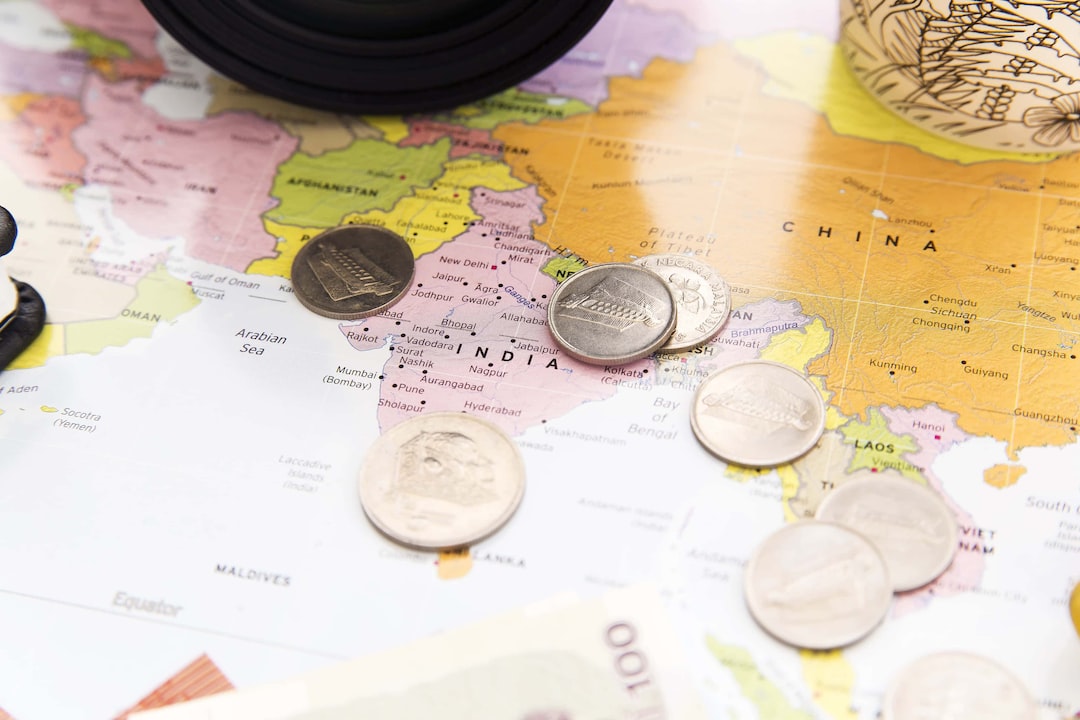Forex, or foreign exchange trading, is the buying and selling of currencies for the purpose of making a profit. The forex market is the world’s largest financial market, with an estimated $5.3 trillion traded daily. But when did forex get popular, and what factors contributed to its rise in popularity?
The earliest form of forex trading can be traced back to the Middle Ages, when merchants exchanged different currencies to conduct international trade. However, modern forex trading as we know it today only emerged in the 1970s, following the collapse of the Bretton Woods system.
Prior to 1971, the value of currencies was fixed to the price of gold, and the US dollar was the world’s reserve currency. However, when the US government decided to abandon the gold standard and allow the value of the dollar to float freely, the global currency market was born.
With the value of currencies no longer fixed, traders were able to speculate on the movement of exchange rates and profit from the fluctuations. This led to the creation of the interbank market, where banks and financial institutions trade currencies with each other.
The interbank market was initially only accessible to large financial institutions, but with the advent of electronic trading platforms in the 1990s, retail forex trading became possible. This enabled individual traders to participate in the forex market from the comfort of their own homes, and forex trading quickly gained popularity.
One of the key factors that contributed to the popularity of forex trading was the low barriers to entry. Unlike other financial markets such as stocks or commodities, forex trading requires relatively little capital to get started. In addition, the forex market is open 24 hours a day, 5 days a week, allowing traders to trade at any time that suits them.
Another factor that contributed to the popularity of forex trading was the availability of leverage. Leverage allows traders to control a larger position than their capital would normally allow, amplifying potential profits (and losses). While this can be a double-edged sword, it has made forex trading an attractive option for those looking to make significant gains with a relatively small amount of capital.
The rise of the internet and the availability of online trading platforms also played a significant role in the popularity of forex trading. With online trading platforms, traders can access real-time price quotes, execute trades with a few clicks of a button, and monitor their positions from anywhere in the world.
In recent years, the popularity of forex trading has continued to grow, with more and more individuals and institutions participating in the market. However, it’s worth noting that forex trading is not without its risks, and it’s important for traders to understand the potential downsides as well as the potential rewards.
In conclusion, forex trading has come a long way since its humble beginnings in the Middle Ages. From the collapse of the Bretton Woods system to the advent of online trading platforms, a range of factors have contributed to the popularity of forex trading. While there are risks involved, forex trading remains a popular option for those looking to profit from the movement of currencies.


